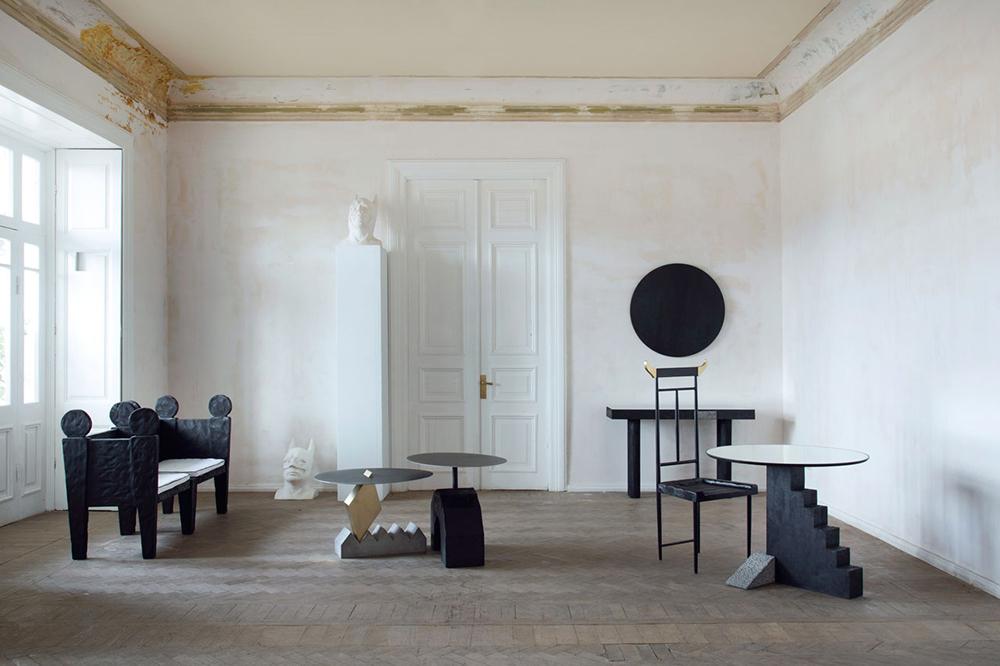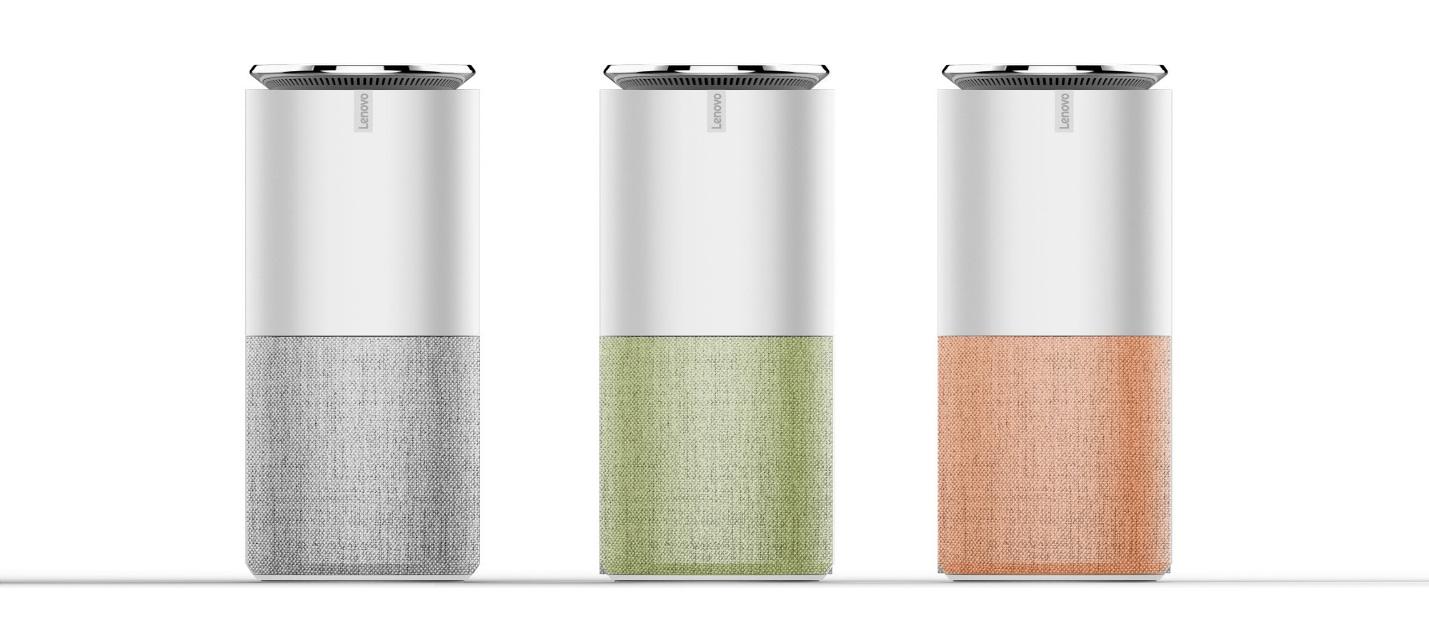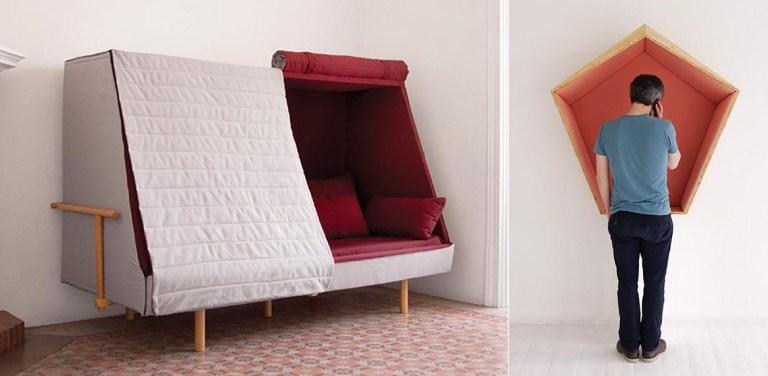Executive Summary
The purpose of this critical reflective report was to research and evaluate existing interior design trend forecasting and agencies, as well as practical applications of the observed trends. From works of some of the leading trend forecasting agencies, it was established that colour, materials, technology/digital, environmental factors, privacy, and mobility continue to play critical roles in shaping interior design trends in the year 2017 and 2018. Minimalism and nature will continue to persist as people strive for comfort and privacy in built environments. Interior design is seen from the viewpoint of consumers rather than designers and manufacturers. Additionally, trend forecasting will continue to evolve to meet needs of product end users, leading to new roles of forecasters.
Introduction
Design trends have effects on intended audience. They evoke mixed reactions across target audiences, such as impulsion and inspiration. Hence, professionals engaged in the interior design world tend to focus on emerging trends across the globe and strive to figure out what exactly may excite future designs and consumption. The years 2017 and 2018 are shaping up for excitement in the interior design trend forecasting. Trend forecasting agencies claim that desires of consumers who help to curate and set future trends now heavily influence the conventional role of designers and manufacturers (Angela Fedele para. 2). Hence, while tracking developments of trends is imperative for stakeholders, attention must also focus on emerging and potential future trends that could create useful products and services. Trend forecasting agencies have generally shifted their attention to the role of modern consumers in shaping product designs. They want quality materials, which also reflect climate consciousness while retaining their visual appeals. That is, the era of a disposable interior design market has ended as various trends are observed across different sectors. It is now common to notice interior designs focused on specific design products. For instance, the kitchen design now advances culinary journey while the design to drive sustainability is now driving nature-inspired interior designs in built environments. The purpose of this critical reflective report is to research and evaluate existing interior design trend forecasting and agencies, as well as practical applications of the observed trends. Additionally, the predictions of leading agencies have been used to develop contents of this report. On this note, colour, materials, technology/digital, environmental factors, privacy, and mobility have been explored to understand their roles in shaping interior design trends.
Interior Design Trend Forecasting
While this report is not exhaustive because there are hundreds of interior design trends currently available, it offers some major aspects of trend forecasting as presented by some of the leading industry forecasting agencies, such as Trend Bible, WGSN Lifestyle & Interiors, Eclectic Trends, and Scarlet Opus.
Colour
According to Morris (para. 1), a wide range of colours, including relaxing shades of green, taupe, and purple have dominated nearly all colour trend forecasting for 2017. Contemporary designers apply these colour varieties with lax, desaturated tones in interior designs to reflect themes of unsophisticated living, sustainability, spirituality, and self-advancement. Pantone declared “greenery as the colour of the year 2017” (Morris para. 1) because of its vigour of nature and a representation of renewed starts and freshness. As modern life takes toll on people, physical beauty and inherent unity of the nature evoke an innate craving for a relaxed atmosphere.
On the other hand, Valspar’s 2017 range of colours originated from the natural environment. “Apricot, botanical yellow green, terracotta, and warm stone grey” (Morris para. 1) are some of the curated colours used to represent the natural landscape in the current trend forecasting. Other forecasters, such as Benjamin Moore have identified “dusk-inspired purple as the colour of the year 2017” (Morris para. 1).

According to Victoria Redshaw of Scarlet Opus, minimalism has been observed in Australia as the Scandinavian design strives to define and advance the application of recycled materials to reflect the use of nature-inspired colours (Angela Fedele para. 3). Designs will continue to evolve to reflect a contemporary aesthetic attitude for rusticity and emerging roles for minimalism (Eclectic Trends para. 1). Wild minimalism, according to Eclectic Trends, captures clean geometries without colour, but with rough-hewn finishes. Hand designed wooden products done in an extremely simplistic and primitive manner reflect minimalism in interior designs of the future.
Additionally, human relationships with nature also continue to influence choices of nature-inspired hues. Thus, for Redshaw, the year 2018 may be characterised by “soothing spice shades such as muted saffron, natural pigments like ochre and desert toned neutrals that are calming and meditative” (Angela Fedele para. 4).

Digital
In the era of the Internet of Things, the interior design trend forecasting has envisioned a future in which technology will significantly influence interior designs. There are currently wide ranges of technology-driven home appliances that allow homeowners to have greater controls of daily routines of life. Technology firms, such as Google, Amazon, and Lenovo have introduced smart assistants controlled via smartphone apps (Morris para. 9). This implies that greater connectivity will be realised in interior designs in the future. Therefore, the rise of technology has sufficiently influenced interior designs as forecasters now see an ever-increasing role of smartphones as the main digital gadget to be used for managing the indoor environment through a wide range of applications, including lighting, smart kitchen, sound systems, and cooling and heating systems. Although technology will be critical for human progress and consumers will continue to respond positively, design trends are most likely to emerge to counter excessive influences of technology. Redshaw, for instance, claims that designers will strive to create a balance through design trends that strike a balance to reflect dynamism of the shared technology-oriented future. Designs will be vibrant, full of attitude, grounded, gentle, and low-tech to enhance comfort and stylish modesty to act as a respite in a rapidly changing modern life.
For the year 2018 spring and summer, Trend Bible observes that the fast-paced digital environment will continue to determine features of home interior designs and themes (Trend Bible para. 1).

Materials
As consumers become more environmental conscious, interior designs are now inspired by the responsibility to create sustainable products and services to protect the environment. Hence, Redshaw claims that materials will be sourced to reflect managed rusticity (Angela Fedele para. 6). That is, the current observed trends will continue to exist, but designers are starting to evaluate novel methods through which they can embrace and combine rawness with sleek contemporary designs to create appealing products. The dark tones will get much attention after years of favouring blonde wood, darker marbles, silver, onyx, and other new materials, such as cork, plywood, and oriented strand board will define the future of interior design (Angela Fedele para. 6).
Sarah Housley of WGSN Lifestyle & Interiors, a trend forecasting firm in the UK, asserts that rare and nearly original surface will claim its position after years of promoting “faultless, rose gold, and shine metallic finishes” (Morris para. 5). Additionally, interior designers will seek for “dark, tactile stones and deep silver metals to perhaps to replace zinc, pewter, tin, and aluminum” (Morris para. 5) that dominated the trend in the year 2016. The year 2017 is seen as the year of embracing rugged lava stone for tableware items and others.
Glenn Pushelberg (Interior Design Hall of Fame member) of Yabu Pushelberg concurs that natural materials with rich tones will claim the year 2017 (Morris para. 4-5). Pushelberg argues that the present international geopolitics of persistent insecurity has created unpredictable mood and, therefore, consumers will strive for cordiality and affection without full commitment to a given trend. The designs will be moodier, more artistic to create soft environments and feelings for users.
According to Tomlinson (para. 5), materials would be important. They will aim for honesty, imperfect attractive finishes, and natural tactility, which modern consumers crave to have in homes. Further, sources of these materials and product development processes would continue to influence interior design practices.
The Environmental Factor
Now consumers are more concerned about the environment, and they seek for ethically produced products and services with limited environmental degradation. That is, interior designers seek to realise ecological awareness in their future designs (Angela Fedele para. 8). Redshaw believes that flush foliage prints with natural, entwined designs will dominate 2017 in addition to a wide range of botanical greens. Moreover, much upcycling and overhaul of timeworn products is expected to increase. Therefore, the concept of repurposing will continue to rise as designers seek to transform the deeply rooted value of throwaway that has persisted for years. Hence, most favourite design items will incorporate repurposed pieces.
Further, interior designers will also reassess synthetic products to ensure that any man made materials with favourable impacts on the environment even if not natural would be promoted to enhance sustainability agenda. Trend forecasters believe that many other exceptional products will emanate from natural and waste materials. Additionally, designers are more likely to source naturally and locally available products, such bamboo. Hence, for instance, a bamboo or rustic product would be more valuable that a throwaway product in the future.
Applications
From a general perspective, design trends are created to generate revenues for designers. It is, however, imperative to recognise that consumer demand often necessitates design trends. In the present time, privacy has become a critical issue for many consumers. Reduced living spaces together with a strategy concept of open workplaces, as well as the digital world all make people feel that privacy is now rare and many now seek for privacy (Angela Fedele para. 7). Thus, it is now more relevant than ever to appreciate and address the increased need and desire for improved privacy in built environments. Furniture plays a major role in interior designs, and it is now used to deliver a peaceful, comfortable, environment in which one can disengage from the rest of the world, technologies, contemplate, and enjoy tranquility.

Hence, furniture can drive the concept of ‘grounded living’, which is an emerging trend of limiting social interactions (Tomlinson para. 6). Rather, people opt to stay at home, surround themselves with comfortable, cosy products that enhance better experiences at home.
Consumers also now seek for greater flexibility. Hence, interior designers strive to deliver products that can provide flexible adjustment and autonomy to improve the ongoing trend of freedom and mobile living. Trend forecasting now focuses on furniture, for instance, that would deliver flexibility for users. They are most likely to have layout designs in response to users’ needs for adaptability and enhanced sense of control over how consumers use their products and services. In a single day, people undertake a wide range of activities, and friendly furniture designs could help homes to meet dynamic needs of occupants. This implies that modular features are now imperative in design features, and they allow end users to customise their products. Redshaw also forecasts multipurpose products for users (Angela Fedele para. 8).
As previously noted, consumers are responsible for the current trend evolution. They appreciate purpose and durability while becoming progressively more educated on product quality and responsibly sourced materials and, therefore, interior designers and product manufacturers must observe these changes. Thus, the design industry should not therefore create trends to drive would-be desire that encourage consumers to spend more on products that they necessarily do not need.
Trend forecasting firms should, nonetheless, apply their expertise to forecast what end users will actually want, need, and yearn to possess in the future due to dynamics in society, technological advancements, and a wide range of other factors that affect how individuals want to live and specific products that they wish to have and interact with in built environments. Trend forecasting agencies must adopt this thinking to trend forecasting. At the same time, manufacturers and vendors must also ensure that their products and services meet needs of consumers. That is, they should focus on improving life experiences of consumers with suitable products. While consumerism has thrived due to manufacturing and selling of more products, consumers now want to spend less and, thus, retailers now face unexpected market dynamics. Consumers tend purchase less often but buying better, implying that product longevity is extremely important for contemporary consumers. As technologies improve and product customisation increases, consumers are most likely to dictate every level of design and manufacturing and influence design trends.
With such changes in the role of end consumers, trend forecasters must also adjust their practices to determine how consumers will influence interior designs. Thus, the work of trend forecasting agencies also transforms to replicate new improvements in trend forecasting. According to Redshaw, the role of trending forecasting involving the use of materials, colours, and patterns among others will become obsolete. Instead, trend forecasting agencies should proactively adjust to the new world viewpoint of the modern generation. Hence, Redshaw forecasts that “new attitudes, technology-driven lifestyles, nomadic spirit, aspiration for experiences rather than physical ownership, environmental concerns, and maybe even the rise of a less consumerist mentality” (Angela Fedele para. 11) will ultimately influence trend forecasting and purchasing patterns. Lidewij Edelkoort sees trend forecasting as identification and analysis of future consumer lifestyles and attitudes, as well as economy trends, which should concern product designers and manufacturers (Lidewij Edelkoort para. 1). While such changes are expected, it is imperative to appreciate that trend forecasting is not entirely about new trends, but it concerns elements that depict the trend evolution based on refinement of previously available trends. Hence, trend forecasting is based on observed phenomena, as well as application of some gut instinct to change the depth and breadth of outcomes and help to advance ideas that already exist.
Conclusion
With the place of trend forecasting agencies well understood in society, the purpose of this critical reflective report was to research and evaluate existing interior design trend forecasting and agencies, as well as practical applications of the observed trends. Trend forecasting generally focuses on future and change to predict what consumers might expect from designers in the future. In this report, it is observed that colour, materials, technology/digital, environmental factors, privacy, and mobility continue to play critical roles in shaping interior design trends. Trend forecasting, however, is now driven majorly buy customers. Additionally, trend forecasting indicates that nature and minimalism will continue to influence multiple aspects of interior designs, as households strive for a sense of comfort to counteract an increasingly demanding world. Trend forecasting agencies have predicted relaxed, simplified, rustic, and homely feel interiors for the year 2017 to advance the concept of grounded living. Trend Bible predicts grounded living driven by heritage and tradition mainly through exceptional and offbeat inspiration to counteract impacts of technologies on human. Further, trend forecasting agencies predict that appreciation for contemporary interior design will persist as colour, architecture, and graphic elements interact with the aim to deliver thoughtful eclectic interior designs.
Works Cited
Angela Fedele. Interior Design Trends and the Futurist Movement. 2017. Web.
Eclectic Trends. Interior Design. 2017. Web.
Lidewij Edelkoort. Trend Tablet. 2016. Web.
Morris, Ali. Design Forecast: 5 Trends to Watch for in 2017. 2017. Web.
Tomlinson, Peta. Interiors Defined by ‘Grounded Living’ are the Trend for 2017. South China Morning Post. 2017. Web.
Trend Bible. Design Trends. 2017. Web.
Trowsdale, Laura. Consumer & Design Trend Forecasting. 2017. Web.